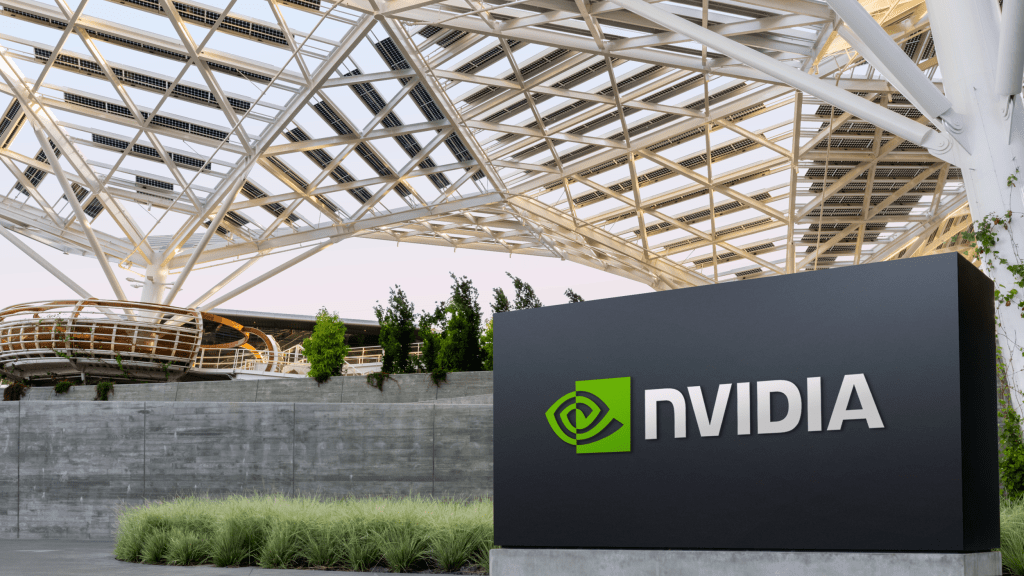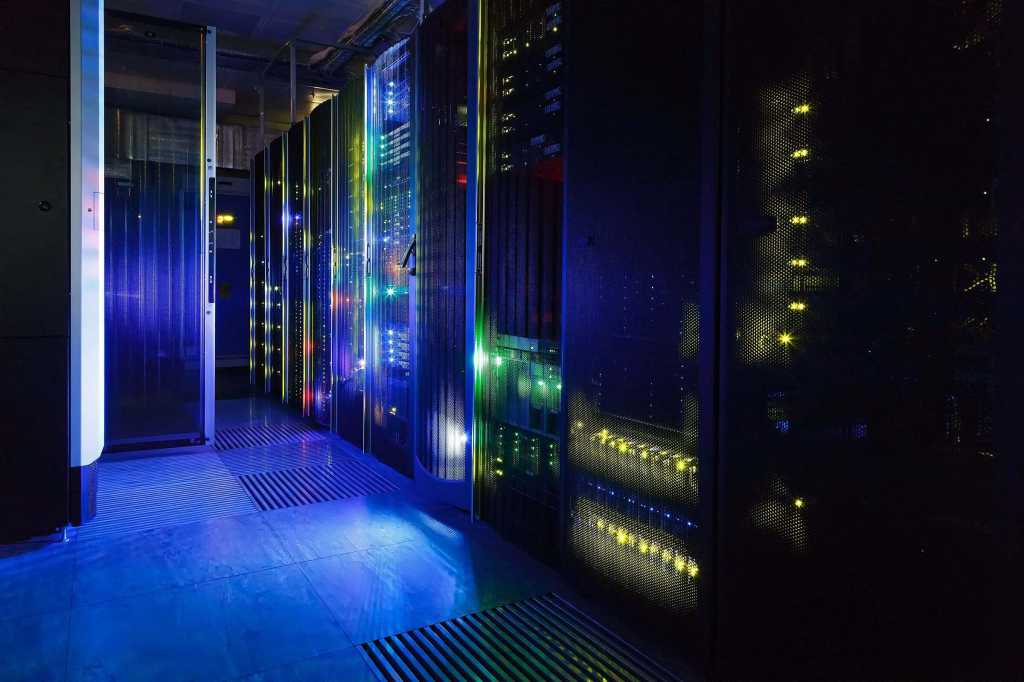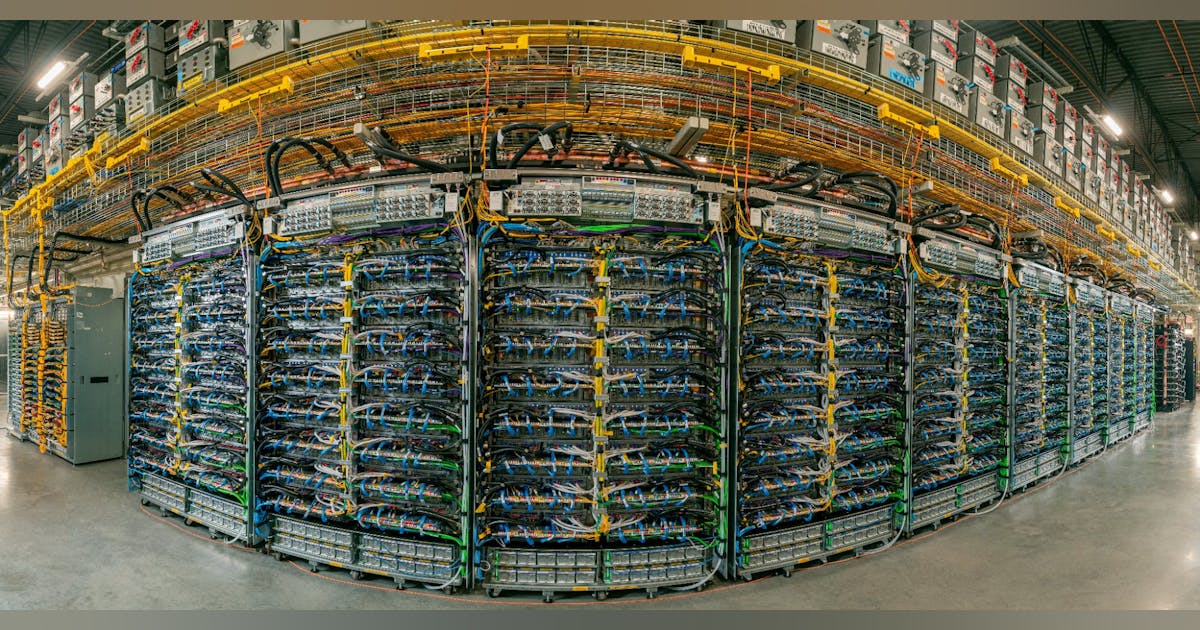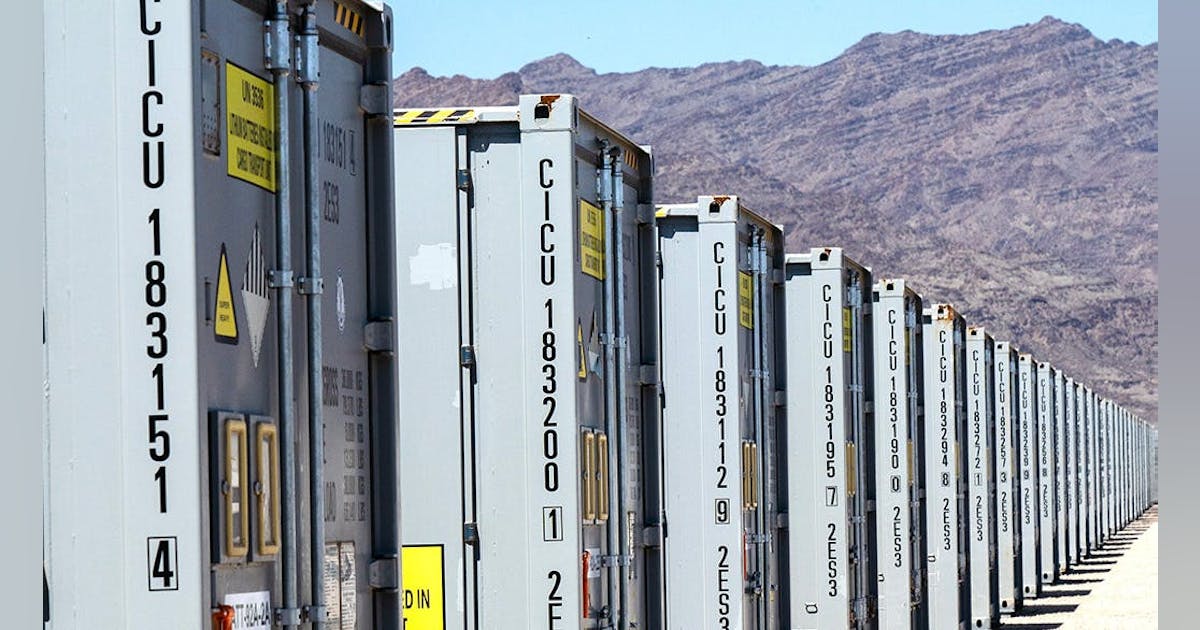
In a statement sent to Rigzone by the Chevron team, Chevron Corporation Vice Chairman Mark Nelson confirmed that the company expects to cut up to 20 percent of its workforce.
“Chevron is taking action to simplify our organizational structure, execute faster and more effectively, and position the company for stronger long-term competitiveness,” Nelson said in the statement.
“This work includes optimizing the portfolio, leveraging technology to enhance productivity, and changing how and where work is performed, including the expanded use of global centers,” he added.
“We believe changes to the organizational structure will improve standardization, centralization, efficiency and results, unlocking new growth potential and helping Chevron drive industry-leading performance now and into the future,” Nelson continued.
“We expect these actions to result in workforce reductions of 15 to 20 percent, beginning in 2025 with most complete before the end of 2026,” Nelson went on to state.
The Chevron VP noted in the statement that these reductions are in line with the company’s previous announcement “of $2 to $3 billion in targeted structural cost reductions by the end of 2026, with some residual impact in 2027 and beyond”.
“We do not take these actions lightly and will support our employees through the transition,” Nelson added.
“But responsible leadership requires taking these steps to improve the long-term competitiveness of our company for our people, our shareholders and our communities,” he continued.
At year end 2023, Chevron had 40,212 employees, according to its 2023 annual report. This figure stood at 38,258 in 2022, the report showed. The report highlighted that these year end job figures exclude service station employees.
In its latest results statement, Chevron revealed that its total earnings stood at $3.239 billion in the fourth quarter of 2024 and $17.661 billion overall last year. This results statement showed that the company’s 2023 fourth quarter earnings came in at $2.259 billion and its overall 2023 earnings stood at $21.369 billion.
Chevron’s adjusted earnings stood at $3.632 billion in the fourth quarter of 2024, $6.453 billion in the fourth quarter of 2023, $18.256 billion overall in 2024, and $24.693 billion overall in 2023, the statement outlined.
Chevron highlighted in the statement that it recently closed asset sales in Canada, the Republic of Congo, and Alaska.
“In 2024, we delivered record production, returned record cash to shareholders and started up key growth projects,” Mike Wirth, Chevron Chairman and Chief Executive Officer, said in the statement.
“We strengthened our portfolio and committed to reduce costs and maintain capital discipline, positioning us for significant free cash flow growth,” Wirth added.
In a statement sent to Rigzone last month by the BP team, BP confirmed thousands of job cuts.
“We have … told staff across BP that the proposed changes that have been announced to date are expected to impact around 4,700 BP roles – these account for much of the anticipated reduction this year,” the statement noted.
“We are also reducing our contractor numbers by 3,000,” the statement added.
In an all staff email from BP CEO Muray Auchincloss, which was sent to Rigzone by the BP team last month, Auchincloss noted, “I understand and recognize the uncertainty this brings for everyone whose job may be at risk, and also the effect it can have on colleagues and teams”.
“We have a range of support available, and please continue to show care for each other, be considerate, and keep putting safety first – especially during times of change,” he added in that email.
BP’s website shows that the company had 87,800 employees in 2023 and 67,000 employees in 2022.
Last week, BP released its latest results statement, which showed that the company registered an underlying replacement cost profit of $1.169 billion in the fourth quarter of 2024, $2.991 billion in the fourth quarter of 2023, $8.915 billion overall in 2024, and $13.836 billion overall in 2023.
BP registered a loss attributable to BP shareholders of $1.959 billion in the fourth quarter of 2024, according to the statement, which showed that the company registered a profit attributable to BP shareholders of $371 million in the fourth quarter of 2023, $381 million overall in 2024, and $15.239 billion overall in 2023.
“In 2024 we laid the foundations for growth,” Auchincloss said in BP’s latest results statement.
“We have been reshaping our portfolio – sanctioning new major projects, and focusing our low-carbon investment – and we have made strong progress in reducing costs,” he added.
“Building on the actions taken in the last 12 months, we now plan to fundamentally reset our strategy and drive further improvements in performance, all in service of growing cash flow and returns,” he continued.
To contact the author, email [email protected]






















